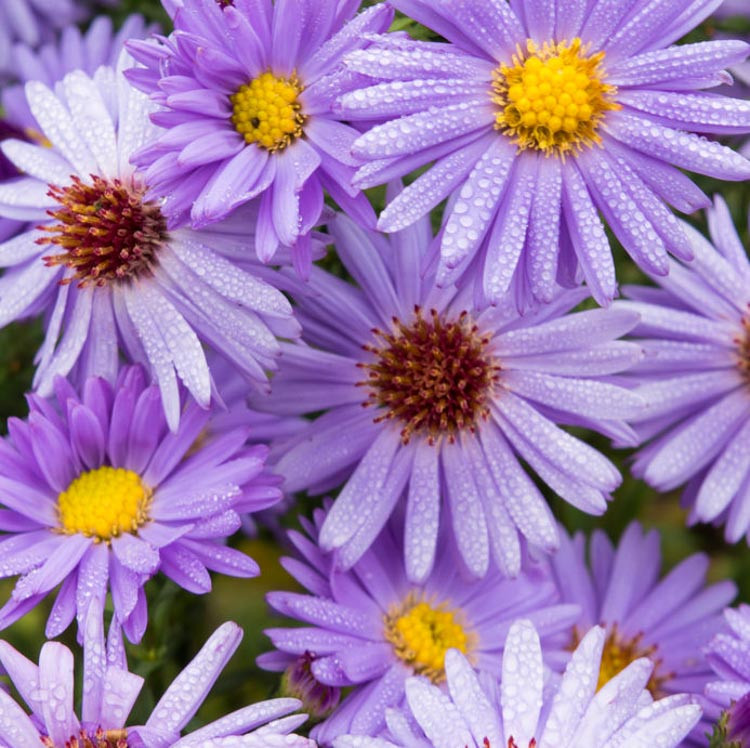Aster - Expert Tips for Gardening Success
To make the most out of your aster plants and ensure a vibrant, long-lasting bloom, consider the following expert tips:
Soil Preparation: Asters prefer well-drained soil that is moderately rich in organic matter. A pH level of 5.8 to 6.5 is ideal.
Planting Time: Spring is the best time to plant asters. Make sure to space the plants at least 1 to 3 feet apart, depending on the variety, to allow room for growth.
Sunlight Needs: Asters thrive in full sun, but they can tolerate partial shade. However, too much shade can result in fewer blooms and leggy growth.
Watering: While asters are relatively drought-resistant, they perform best when the soil is kept consistently moist, especially during dry spells.
Fertilizing: Use a balanced, slow-release fertilizer in the spring. Over-fertilizing can lead to lush foliage but fewer flowers.
Mulching: Apply a layer of organic mulch around the plants to help retain soil moisture and prevent weeds. However, keep the mulch away from the plant stem to avoid rot.
Pruning and Deadheading: Pinching back the tips of the plants in late spring can result in bushier growth and more blooms. Deadhead spent blooms to prolong the flowering period.
Dividing: Asters benefit from being divided every two to three years. This will rejuvenate the plant and encourage more vigorous growth.
Disease and Pest Management: Watch out for common problems like powdery mildew and aphids. Treat diseases early with fungicides and use insecticidal soap for pest control, or opt for biological controls if you want to maintain an organic garden.
Winter Care: Most asters are hardy and don’t require much winter care. However, in particularly harsh climates, consider adding a layer of mulch for extra insulation.

